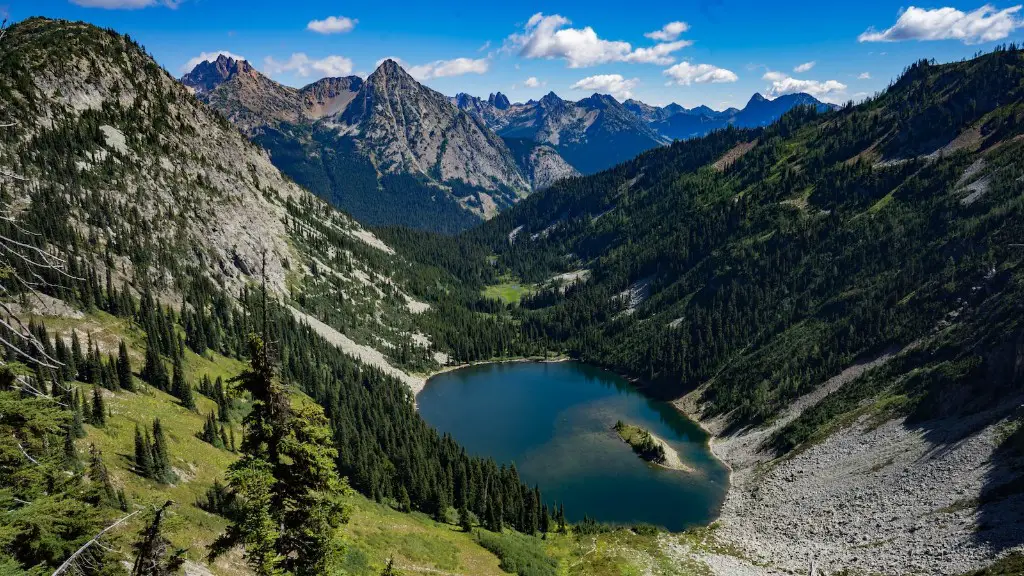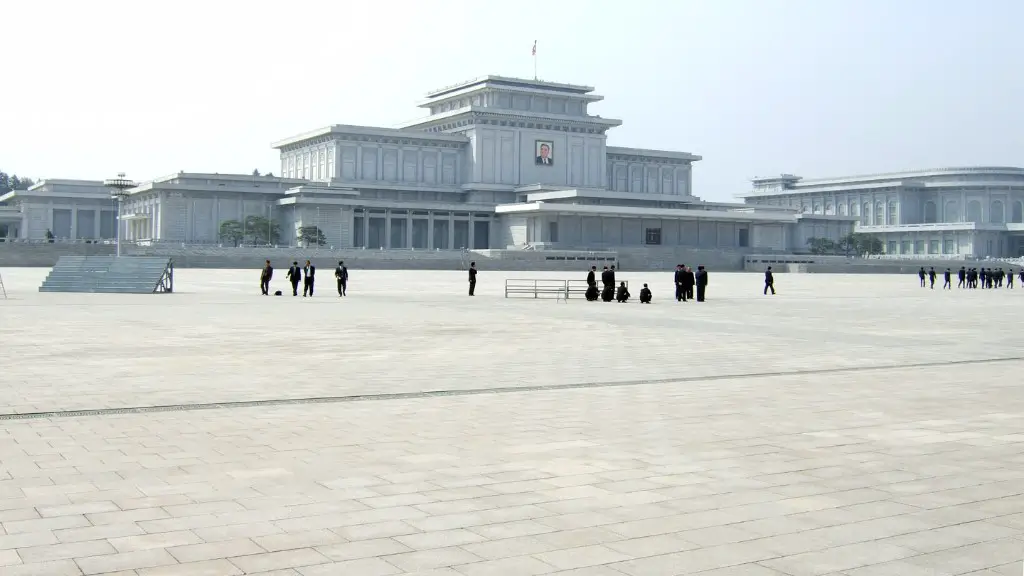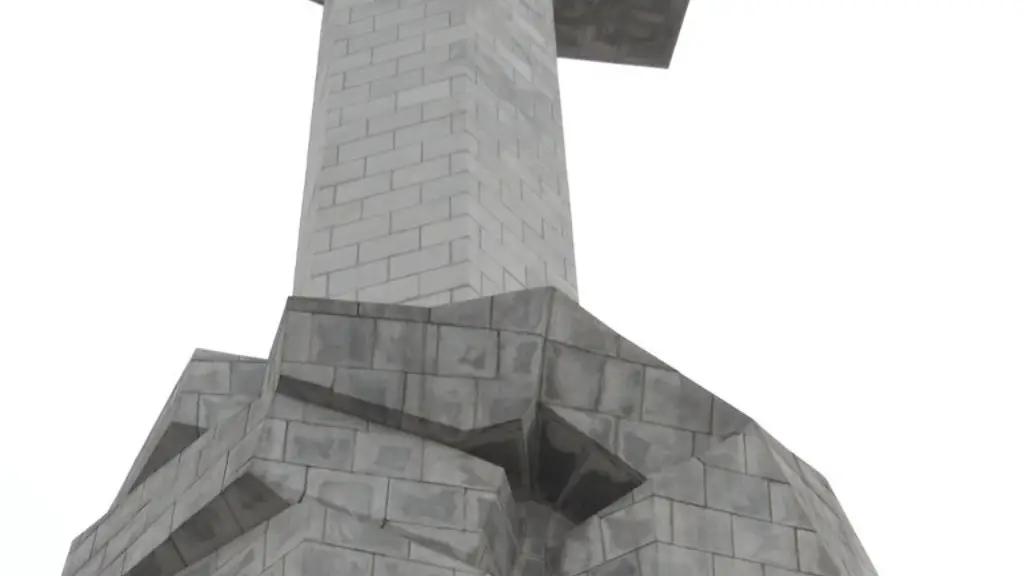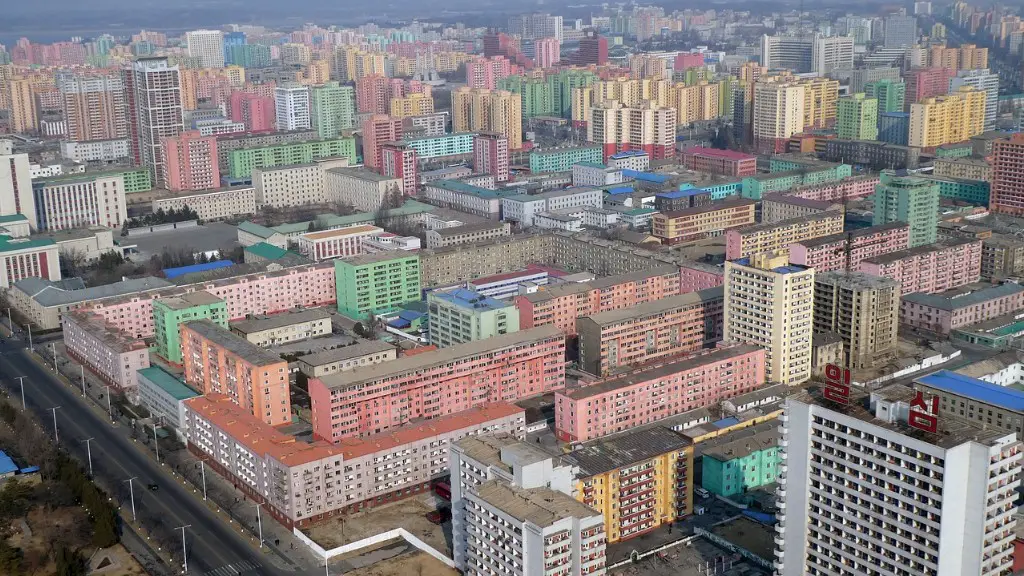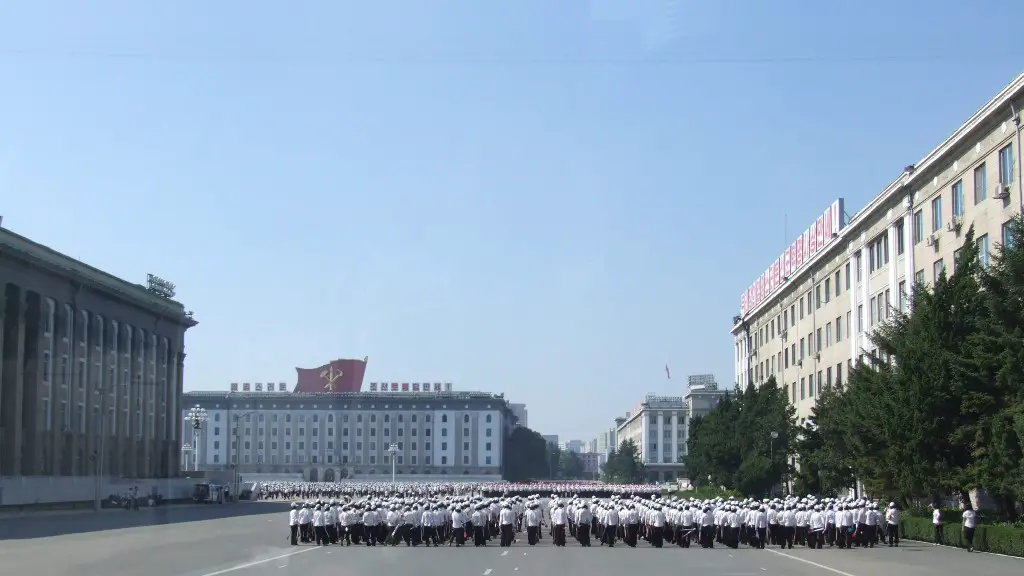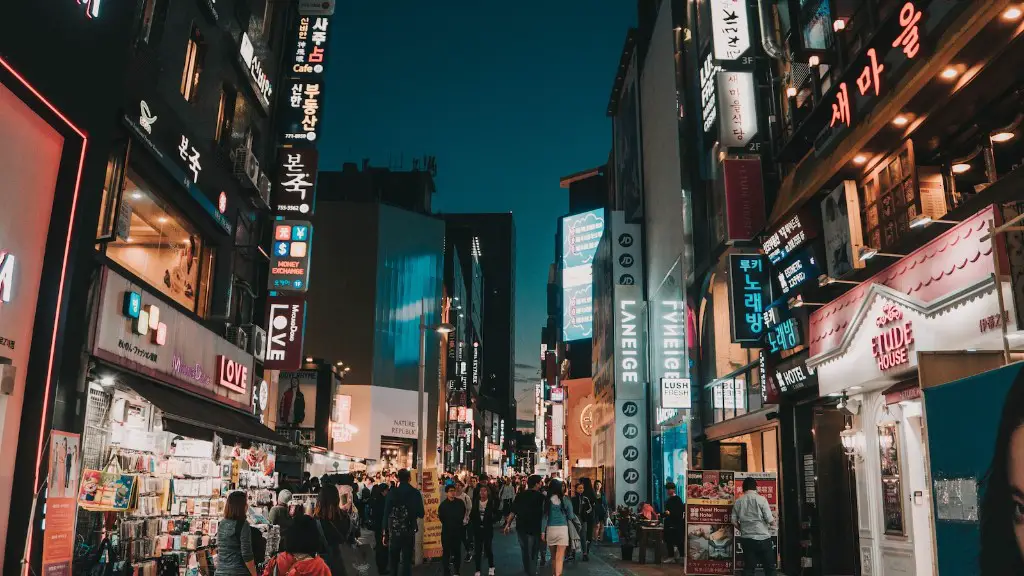The Democratic People’s Republic of Korea, typically referred to as North Korea, has been described as a famine-prone country. Food production in North Korea has been on the decline since the 1990s, due in part to natural disasters and the loss of Soviet subsidies. North Korea has also been hit hard by international sanctions. In recent years, there have been reports of widespread hunger and malnutrition in North Korea. According to a 2018 United Nations report, some 10.3 million people in North Korea are “undernourished.” It is unclear how many people have died from starvation in North Korea in recent years, but the country’s history of famine is well-documented. The most recent and devastating famine occurred in the 1990s and is estimated to have killed hundreds of thousands, if not more, North Koreans.
There is no definitive answer to this question. While there have been reports of food shortages and malnutrition in North Korea, it is difficult to verify the extent of the problem since the country is highly secretive and does not allow outsiders access to its food supply.
Did North Korea have a famine?
It is heart-wrenching to hear that food shortages and economic hardships have been plaguing North Korea for decades. No one deserves to live in fear of famine, and it’s especially tragic when children are affected. I can only hope that Kim Jong-un’s vow to end the belt-tightening will be successful, and that North Koreans will finally be able to enjoy the stability and security that they deserve.
Kim Jong Un’s dedication to improving North Korea’s agricultural output is commendable, but the country faces significant challenges in terms of food security. Outside assessments suggest that North Korea is facing a serious shortfall of food, which could have dire consequences for the population. It is imperative that the North Korean government take steps to improve the country’s food security situation.
When was the famine in North Korea
The US was late in recognizing the seriousness of the famine in North Korea in the summer of 1996. Natsios says that it wasn’t until July 11, 1997 that the State Department made a large food donation and used the word “famine” to describe the situation. He says that this delay likely contributed to the high death toll from the famine.
Poverty is a big problem in North Korea. Sixty percent of North Korea’s population lives in poverty. The economic structure and lack of participation within the world economy are to blame. North Korea needs to make some changes in order to improve the lives of its citizens.
Why does North Korea have so little food?
North Korea’s mountainous terrain makes it difficult to grow crops, and the country has never been self-sufficient in food. Many experts consider it unrealistic for North Korea to become self-sufficient in food.
There have been reports of widespread starvation in North Korea in 2021. North Korea has a command economy, which is common among communist nations. The government has complete control over all monetary exchanges, causing the economy to remain stagnant due to a lack of competition between businesses.
Is Meat allowed in North Korea?
North Korea is a country where meat consumption is relatively rare. Most citizens only have access to meats during the public holidays of the birthdays of Kim Il-sung and Kim Jong-il, when extra meat is included in government rations provided to North Koreans. While this may be the case for most North Koreans, there are some exceptions. For example, those who work in the country’s military or government institutions may have access to higher quality meats than the average citizen.
DPRK Fast Food is a great place to enjoy a delicious meal. The chips (fries), burgers, ice cream and all sorts of beverages are all great, but the waffles are especially tasty. The pizza restaurants here are also top notch, and there are two main pizza places in Pyongyang that are definitely worth checking out.
Can North Korea grow food
Collective farms are an important part of North Korea’s agricultural sector, accounting for the vast majority of production. These farms typically host multiple small farmers who produce crops with joint labor. This arrangement allows for greater efficiency and output, making collective farms an important part of North Korea’s economy.
The government of North Korea has encouraged its citizens to have large families in order to increase the population of the country. This policy is in contrast to many other countries which have implemented policies to control population growth. The North Korean government believes that a larger population will be beneficial to the country and will help it compete with other nations.
How do North Koreans get food?
The Public Distribution System (PDS) has been in place in North Korea since the 1950s and is the primary way in which the majority of North Koreans receive their food. Under the PDS, farmers in agricultural regions are required to hand over a portion of their production to the government, which then reallocates the surplus to urban regions that cannot grow their own food. While the PDS has been successful in ensuring that most North Koreans have access to food, it has also been criticized for being inefficient and causing agricultural regions to suffer from chronic food shortages.
The famine in North Korea was one of the deadliest in recent history, with estimates of the death toll ranging from 225,000 to 35 million. The definitive fatality numbers have proved elusive, but the North Korean government officially maintains that between 225,000 and 235,000 people died as a result of the famine. Outside estimates have suggested figures as high as 35 million, making the famine one of the deadliest in recent history.
Is there homelessness in North Korea
As the chronic food shortage in North Korea worsens, the government has increasingly turned to intense crackdowns on the rapidly growing population of homeless people living along the China-North Korea border. These crackdowns, which typically involve mass round-ups and forced labor, are justified by the government as necessary to prevent the spread of disease and to preserve the image of socialism. However, the homeless population is among the most vulnerable in North Korea, and these crackdowns only serve to exacerbate their suffering.
Prisoners in North Korea are routinely subjected to torture and inhumane treatment by authorities. This includes public and secret executions, as well as forced abortions and infanticides. These practices are especially common in cases of escape attempts.
What are living conditions like in North Korea?
The country is culturally and economically isolated as many suffer from malnutrition and live in extreme poverty. Many North Koreans go to work every day on farms, in factories, and in the capital of Pyongyang. Despite their hard work, they are paid very little and often go hungry. Malnutrition is a serious problem in North Korea, and many people suffer from diseases such as tuberculosis and cholera. The government does not provide adequate medical care, and many North Koreans cannot afford to see a doctor. There is also a lack of clean water and sanitation, which leads to widespread illness. North Korea is a very poor country, and its people are struggling to survive.
North Korea is home to some delicious food that you may not have tried before. Here are the top 10 North Korean foods that you need to try at least once!
1. Pyongyang Cold Noodles: These noodles are served cold and are usually made from buckwheat. They are often topped with a variety of vegetables and meats, making for a delicious and refreshing meal.
2. Sea Urchin: Sea urchin is a popular dish in North Korea, and is often served as a side dish. It is typically steamed or boiled, and has a unique taste that is definitely worth trying.
3. Pansangi: Pansangi is a type of rice cake that is popular in North Korea. It is made by steaming rice flour and is often served with a sweet soy sauce.
4. Pine Mushrooms: Pine mushrooms are a type of wild mushroom that is found in North Korea. They are often used in soups and stews, and have a unique flavor that is definitely worth trying.
5. Duck Heart: Duck heart is a popular dish in North Korea, and is often served as a side dish. It is typically grilled or boiled, and has a unique taste that is
Warp Up
No, there is not currently a famine in North Korea.
Yes, there is a famine in North Korea. It is estimated that over a million people have died from starvation since 1995. The majority of the population is malnourished and does not have access to adequate food or medical care. The government has been criticized for its handling of the famine and for its unwillingness to allow international aid organizations to provide assistance.
